The chord length of the blades of a ducted tail rotor fenestron is ? [ Knowledge EASA ]
Question 39-1 : Smaller than that of a classic tail rotor the same as that of a classic tail rotor greater than that of a classic tail rotor depends on the type of material used
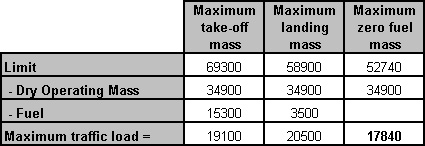 Smaller than that of a classic tail rotor.
Smaller than that of a classic tail rotor. An elastomeric bearing flapping hinge in the rotor head ?
Question 39-2 : Contributes to a reduced maintenance effort allows larger blade flapping angles allows for larger forward speeds is utilised to absorb the loads on the rotor blades arising from vertical gusts
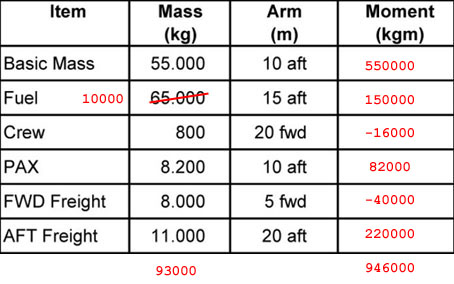 Contributes to a reduced maintenance effort.
Contributes to a reduced maintenance effort. What are elastomeric bearing hinges in a rotor head ?
Question 39-3 : Flexible sections accomplishing the functions of flapping dragging and feathering hinges self lubricating hinges bending plastic parts rubber flapping and dragging hinges
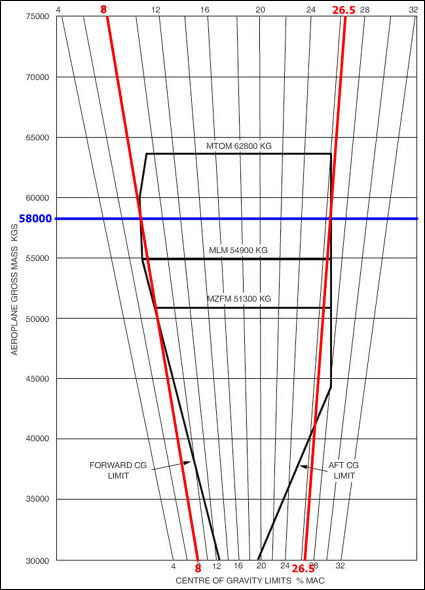 Flexible sections accomplishing the functions of flapping, dragging and feathering hinges.
Flexible sections accomplishing the functions of flapping, dragging and feathering hinges. Intermediate or angle gearboxes are used to ?
Question 39-4 : Change the direction and sometimes the speed of the tail rotor drive change the direction of the tail rotor drive only change the speed of the tail rotor drive only mount the tail rotor
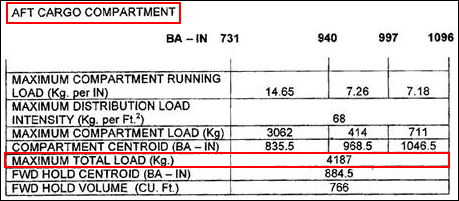 Change the direction and sometimes the speed of the tail rotor drive.
Change the direction and sometimes the speed of the tail rotor drive. To engage the main rotor drive prior to flight on a helicopter fitted with a ?
Question 39-5 : Smoothly accelerate the engine with rotor brake selected off accelerate the engine above rotor speed decelerate the engine then accelerate again until engine and rotor speeds are matched de select the free wheel and engage drive accelerate the engine until engine and rotor speed are equal then engage the clutch using either a mechanical lever or an electrical switch
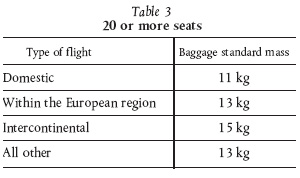 Smoothly accelerate the engine with rotor brake selected off.
Smoothly accelerate the engine with rotor brake selected off. The tail rotor gearbox changes direction of drive ?
Question 39-6 : Through 90° reduces rotational speed and provides facilities for tail rotor control through minus 90° and increases rotational speed and increases rotational speed and provides facilities for tail rotor control maintaining a constant speed
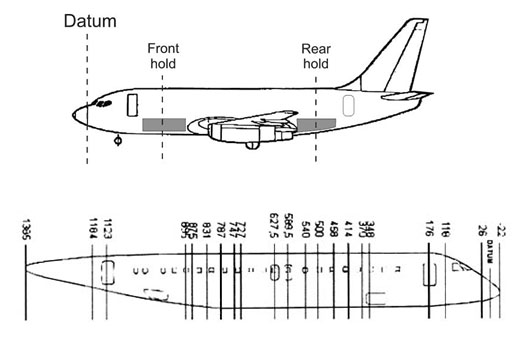 Through 90°, reduces rotational speed and provides facilities for tail rotor control.
Through 90°, reduces rotational speed and provides facilities for tail rotor control. The purpose of a clutch in a helicopter transmission system is to ?
Question 39-7 : Permit the engine to be started with a low inertial loading permit the rotor to rotate freely during autorotation prevent the rotor turning in the wind when parked on the ground disengage the tail rotor drive in the event of a malfunction
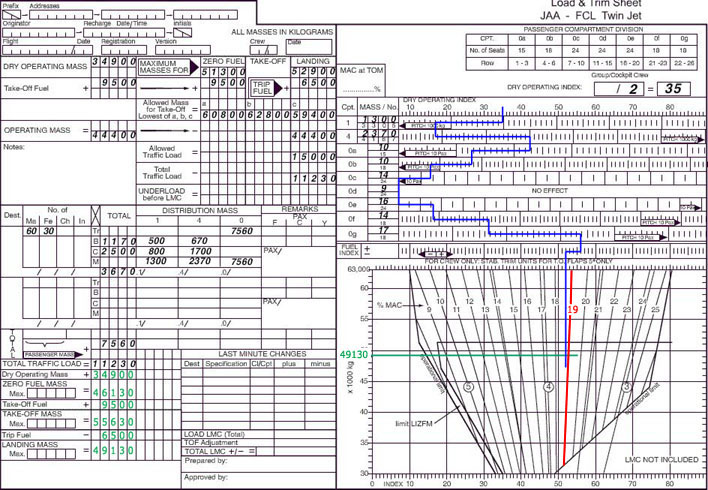 Permit the engine to be started with a low inertial loading.
Permit the engine to be started with a low inertial loading. Rotational drive from the gearbox to the rotorhead is transmitted by the ?
Question 39-8 : Main drive shaft scissors swashplate assembly pitch change arms
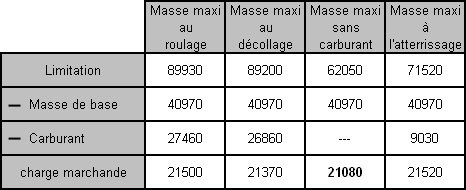 Main drive shaft.
Main drive shaft. Intermediate or angle gearboxes are used to ?
Question 39-9 : Change the direction and speed of the tail rotor drive change the direction only of the tail rotor drive change the speed only of the tail rotor drive allow the incorporation of autopilot inputs into the tail rotor
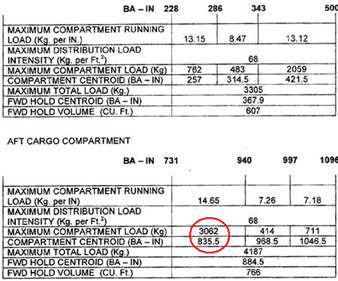 Change the direction and speed of the tail rotor drive.
Change the direction and speed of the tail rotor drive. In a free turbine helicopter installation ?
Question 39-10 : There is no need for a clutch between the engine and the transmission a free wheel is required between the compressor and the turbine the main rotor drive and the compressor are on a common shaft there must be a clutch between the engine and transmission
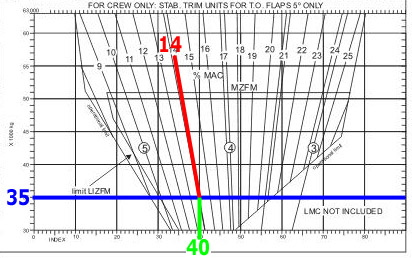 There is no need for a clutch between the engine and the transmission.
There is no need for a clutch between the engine and the transmission. Helicopters which utilise a ''v' belt to transmit the drive from the engine to ?
Question 39-11 : A manual clutch an automatic system to ensure belt tension remains constant irrespective of temperature a means by which the engineer can set the belt tension an automatic clutch
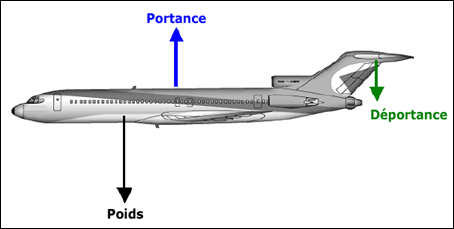 A manual clutch.
A manual clutch. Freewheel units between engine and main rotor gearbox are in most cases ?
Question 39-12 : The main rotor gearbox lubrication system the engine lubrication system an independent lubrication system driven by the main rotor gearbox an independent system driven by either the engine or an electrically driven pump
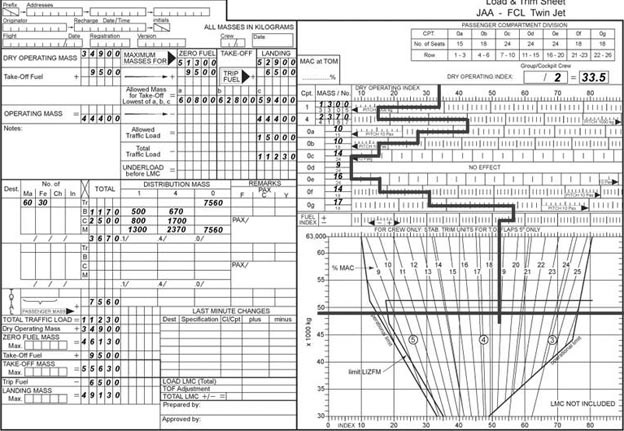 The main rotor gearbox lubrication system.
The main rotor gearbox lubrication system. For a free power turbine engine ?
Question 39-13 : The turbine driving the main rotor transmission is mechanically independent from the gas generator the compressor driving the main transmission is mechanically independent from the power turbine the gas generator is free to run at a constant speed while the power turbine changes speed in response to changes in drag on the main rotor blades pilot control of the engine is limited to the selection of off ground idle and flight leaving the engine to automatically respond to rotor demands
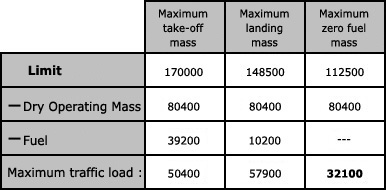 The turbine driving the main rotor transmission is mechanically independent from the gas generator.
The turbine driving the main rotor transmission is mechanically independent from the gas generator. Clutches are located in the drive between the engine and the main transmission ?
Question 39-14 : Helicopters with piston or direct drive gas turbine engines all helicopters helicopters fitted with piston engines only helicopters with free power turbine engines only
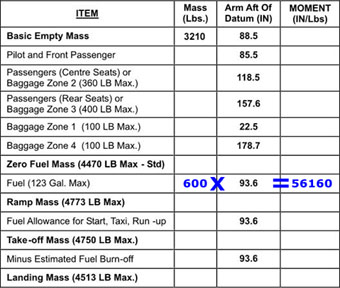 Helicopters with piston or direct drive gas turbine engines.
Helicopters with piston or direct drive gas turbine engines. A tail rotor drive shaft running between two engines should be ?
Question 39-15 : Protected by a firewall mounted to allow for expansion mounted on its own bearing hangers the first being directly behind the main rotor gearbox protected by the engine fire extinguishing system
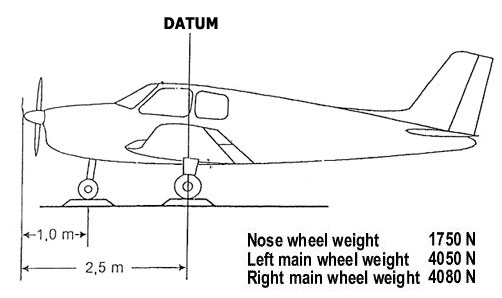 Protected by a firewall.
Protected by a firewall. What is the purpose of the freewheel unit in the rotor drive system ?
Question 39-16 : To disconnect the failed engine from the main and tail rotor drive to enable the rotor to rotate freely for autorotation to be able to start the engine s without starting to turn the rotor to be able to disconnect the main rotor from the drive system when the engine fails
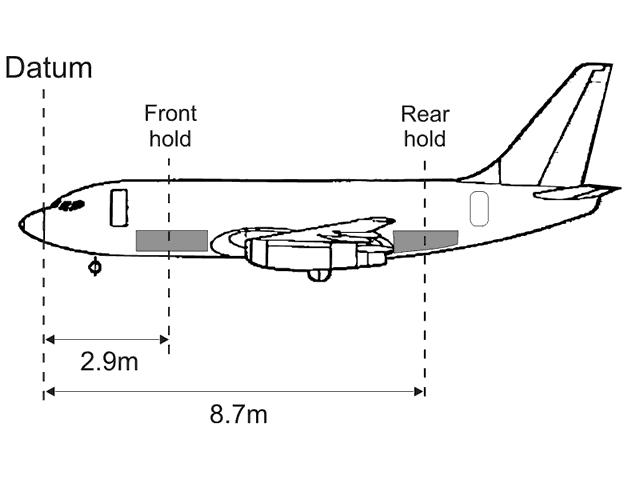 To disconnect the failed engine from the main and tail rotor drive.
To disconnect the failed engine from the main and tail rotor drive. Does the freewheel unit is necessary for helicopter with free turbine engine ?
Question 39-17 : Yes no not with new generation engines but only for multi engined helicopters no
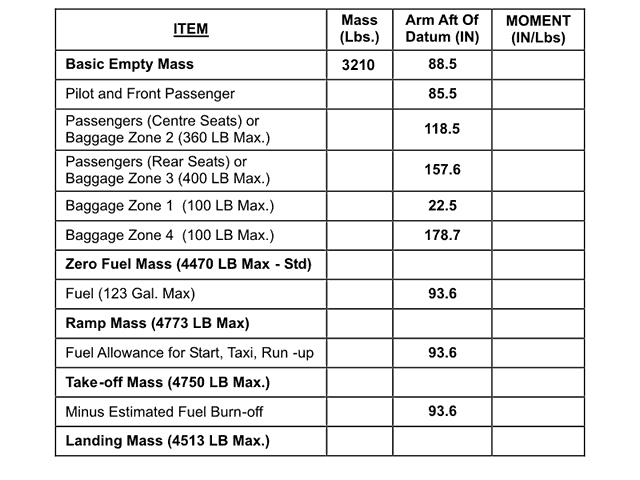 Yes.
Yes. A snatch engagement of a freewheel unit ?
Question 39-18 : May result in the shearing of the engine drive shaft is normal engagement is absorbed by flexible couplings on the engine drive shaft will cause the freewheel to ratchet until the pilot recovers the situation
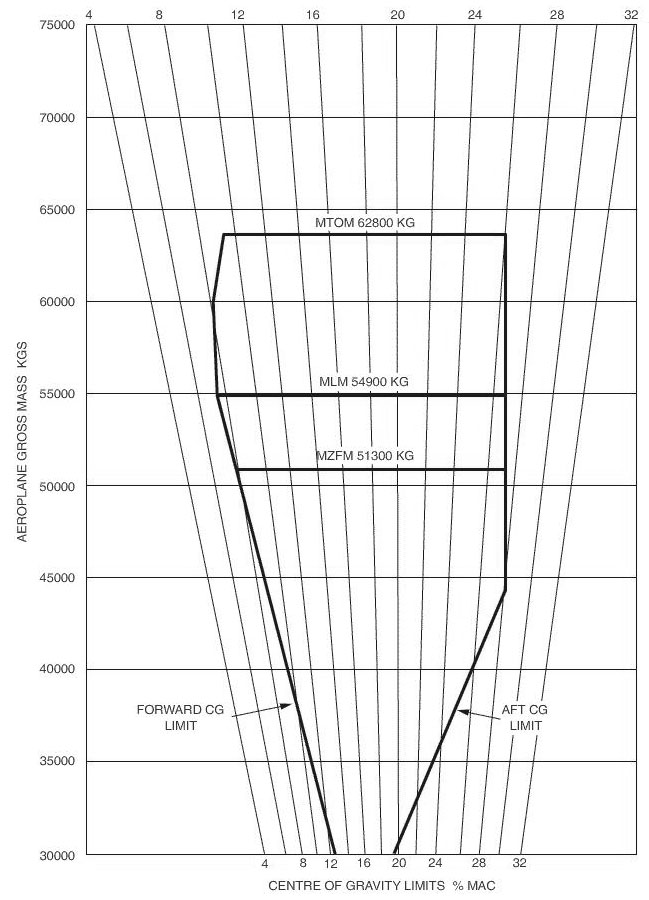 May result in the shearing of the engine drive shaft.
May result in the shearing of the engine drive shaft. A mercury clutch ?
Question 39-19 : Utilises the weight of the mercury to provide the centrifugal force to act on the clutch shoes is not used in helicopters due to the danger of mercury contamination of aluminium uses the liquid mercury as a hydraulic fluid is not used in helicopters due to the high weight of mercury
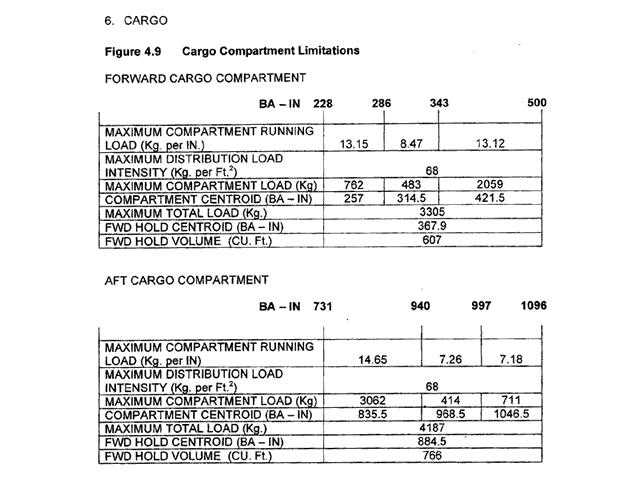 Utilises the weight of the mercury to provide the centrifugal force to act on the clutch shoes.
Utilises the weight of the mercury to provide the centrifugal force to act on the clutch shoes. The input and output speeds of an intermediate gearbox ?
Question 39-20 : Differ to counter the effects of vibration differ to establish the speed for the tail rotor are the same are variable to provide varying thrust from the tail rotor to counteract torque loads from the main rotor system
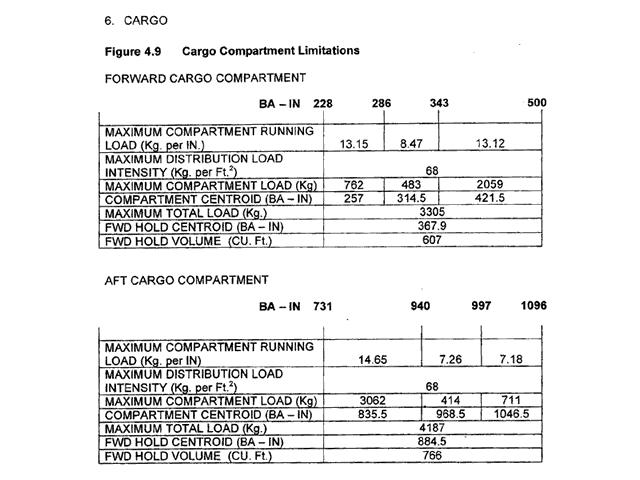 Differ to counter the effects of vibration.
Differ to counter the effects of vibration. Tail rotors rotate ?
Question 39-21 : At a greater speed than the main rotor and at a different speed than the drive shaft and intermediate gearbox at the same speed as the shafts and gear boxes at a greater speed than the main rotor and the tail rotor drive shafts at a lower speed than the main rotor
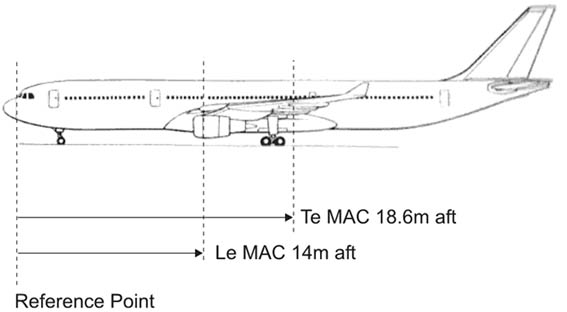 At a greater speed than the main rotor and at a different speed than the drive shaft and intermediate gearbox.
At a greater speed than the main rotor and at a different speed than the drive shaft and intermediate gearbox. Why are one or more flexible couplings usually incorporated in the tail rotor ?
Question 39-22 : To absorb the angular differences arising from bending of the tail to absorb quick power changes to prevent vibrations to prevent torsion of the shafts
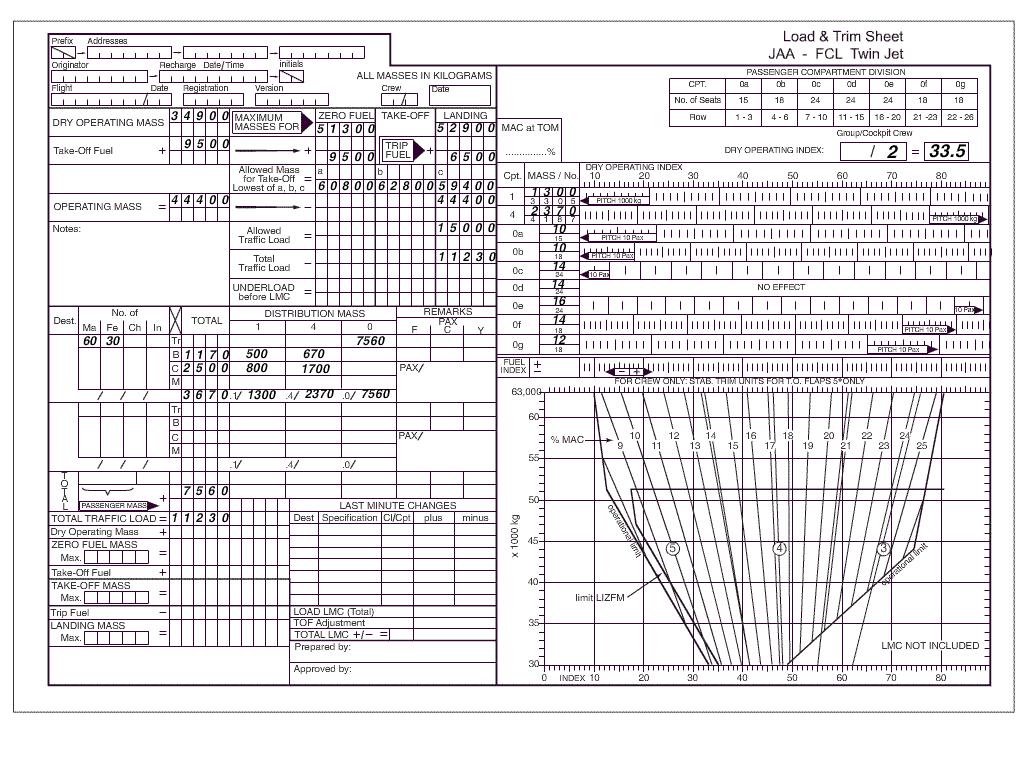 To absorb the angular differences arising from bending of the tail.
To absorb the angular differences arising from bending of the tail. Metal tail rotor drive shafts are normally manufactured from ?
Question 39-23 : Aluminium or steel tubing aluminium tubing only steel bar titanium and steel tubing
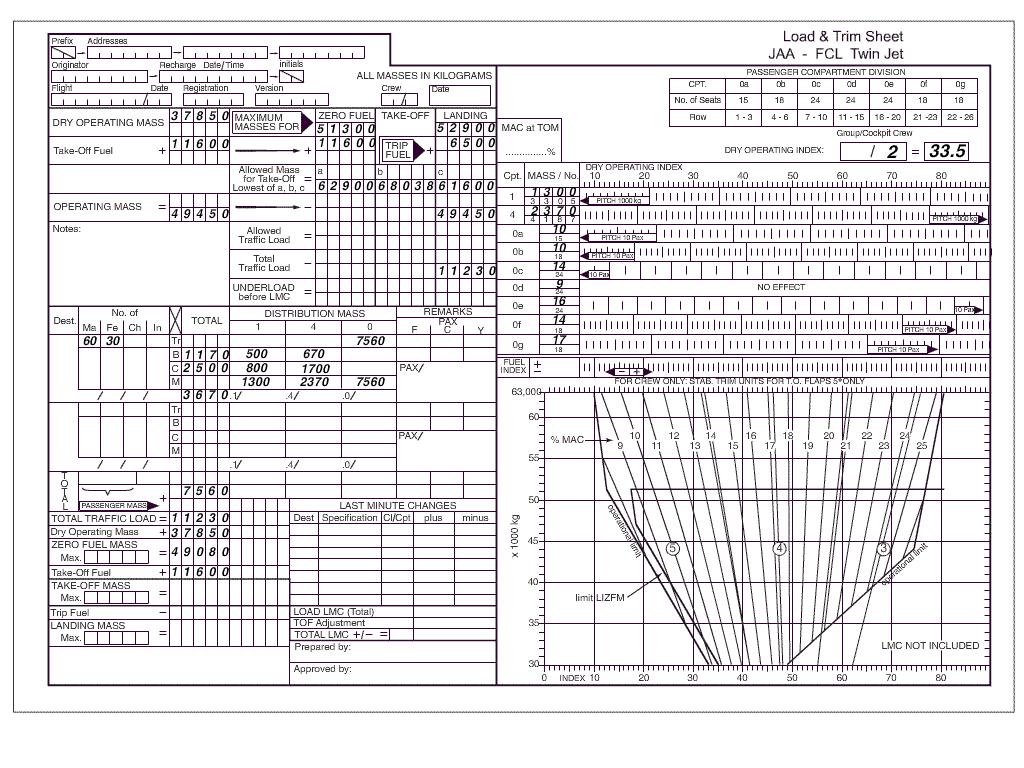 Aluminium or steel tubing.
Aluminium or steel tubing. On the diagram the flapping hinge is indicated by number ?
Question 39-24 : 1 2 3 4
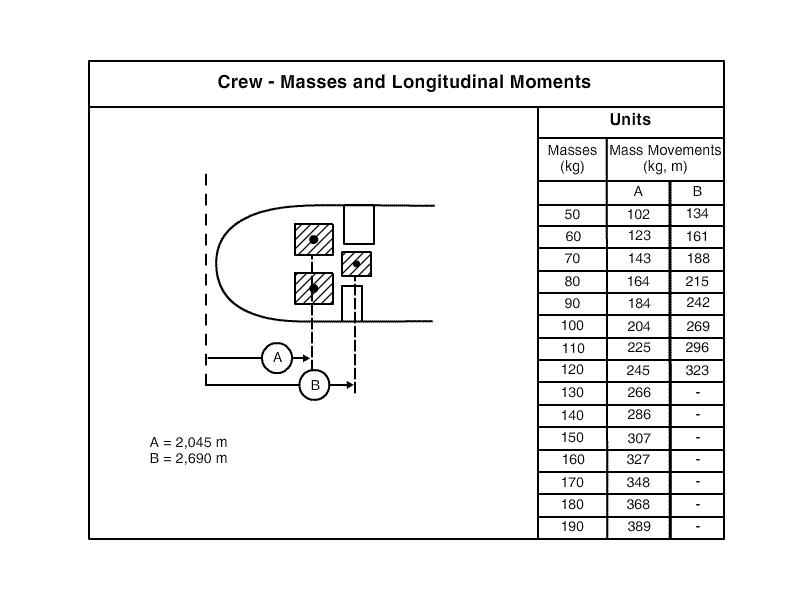 1.
1. When using a strobe type tracking and balancing system on a fully articulated ?
Question 39-25 : The blade damper on the subject blade is not functioning correctly the blade rigging is out of adjustment the pitch change rod is not correctly adjusted the blade trim tabs are not correctly adjusted
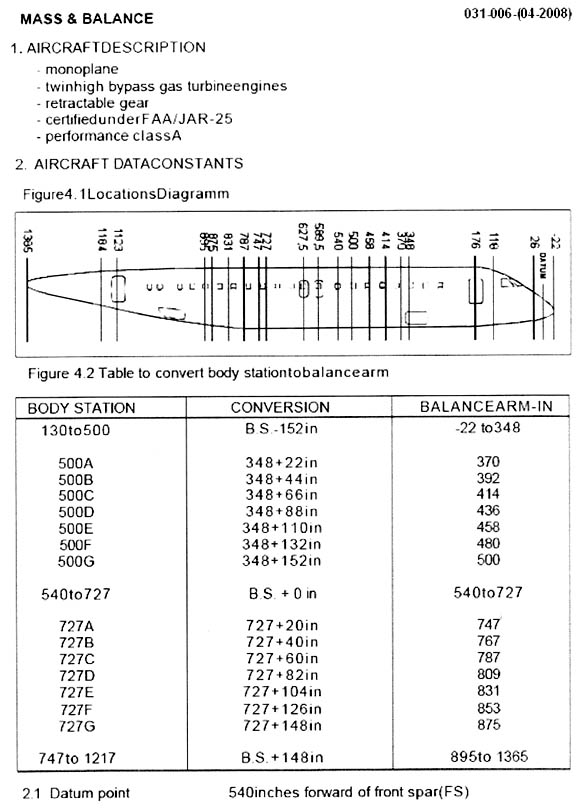 The blade damper on the subject blade is not functioning correctly.
The blade damper on the subject blade is not functioning correctly. What indication will be available to the pilot of wear in either tail rotor ?
Question 39-26 : Vibration through the tail rotor/yaw pedals stiffness in the tail rotor controls instability in pitch control loud noise from the tail rotor
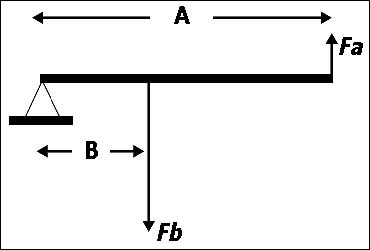 Vibration through the tail rotor/yaw pedals.
Vibration through the tail rotor/yaw pedals. On the diagram the lead/lag hinge is indicated by number . 2429 ?
Question 39-27 : 2 1 3 4
On the diagram the pitch hinge is indicated by number . 2429 ?
Question 39-28 : 3 2 1 4
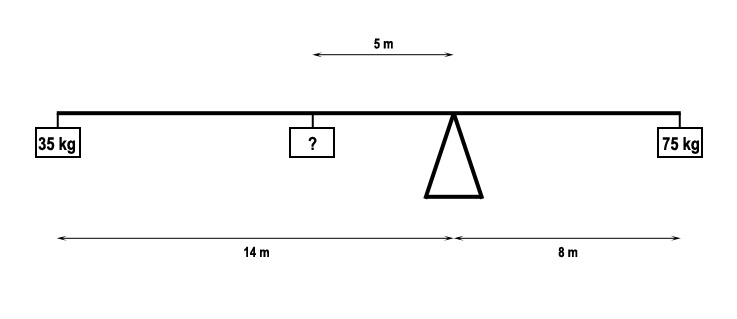 3.
3. To ensure the centre of pressure of a rotor blade acts through the centre of ?
Question 39-29 : A weight is placed along the length of the blade forward of the main spar the aerofoil is designed to ensure the centre of pressure is in the correct location weights are located at the tip of the blade which are adjusted at manufacture to ensure the centre of gravity is in the correct location trim tabs are fitted to the tailing edge of the blade to adjust the centre of pressure
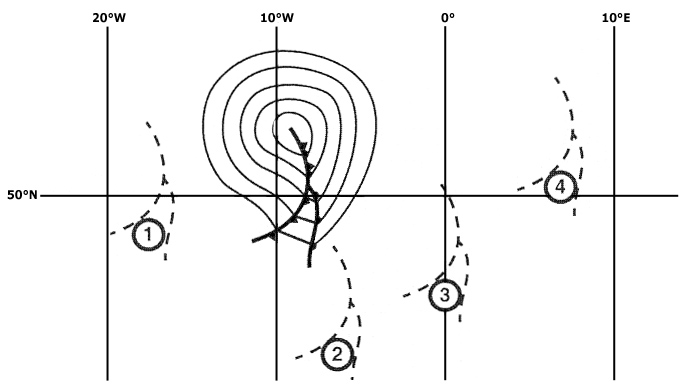 A weight is placed along the length of the blade, forward of the main spar.
A weight is placed along the length of the blade, forward of the main spar. The rotor blades that are most sensitive to humidity are those made of ?
Question 39-30 : Wood metal composite materials plastic
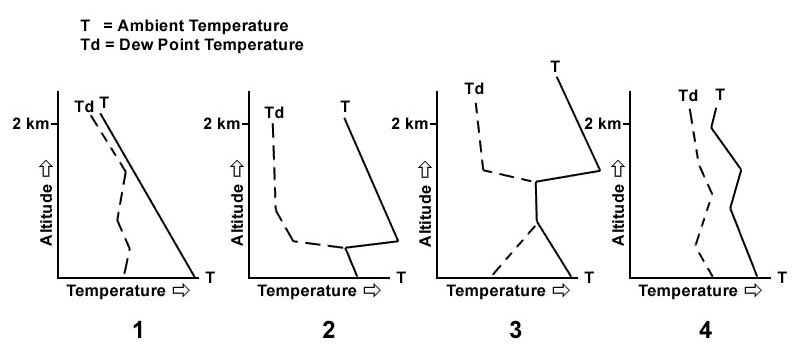 Wood.
Wood. The purpose of the blade tip cap is .1 to reduce induced drag.2 to increase ?
Question 39-31 : 1 2 3 1 2 2 3 1 3
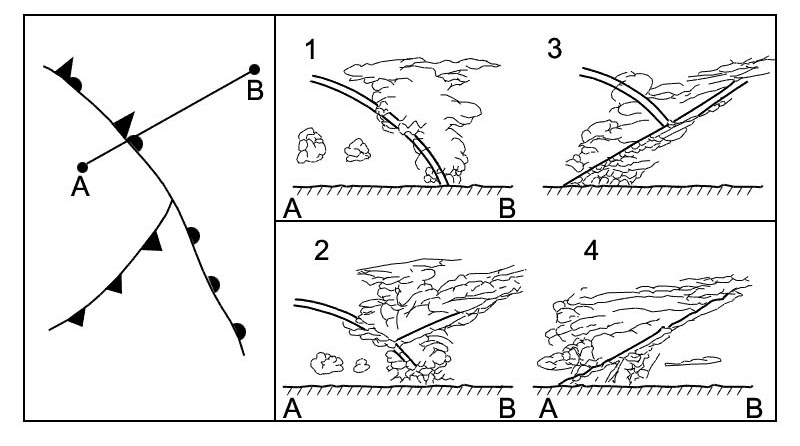 1, 2, 3.
1, 2, 3. The purpose of the aluminium mesh which is manufactured within the skin of some ?
Question 39-32 : To provide protection against lightning strikes to form the shape of the blade and to allow the lay up of the fibre glass skin to provide a superior bond between the skin and the foam core providing a strong rigid section to transfer flight loads to the skin
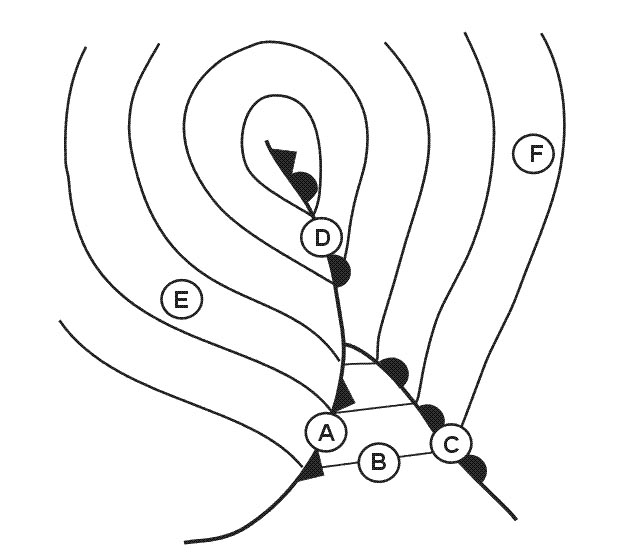 To provide protection against lightning strikes.
To provide protection against lightning strikes. The purpose of a main rotor blade tracking check is to ensure ?
Question 39-33 : That all blades have the same tip path plane the correct coning angle that the neutral control settings are correct that the pitch angle for all blades is absolutely equal
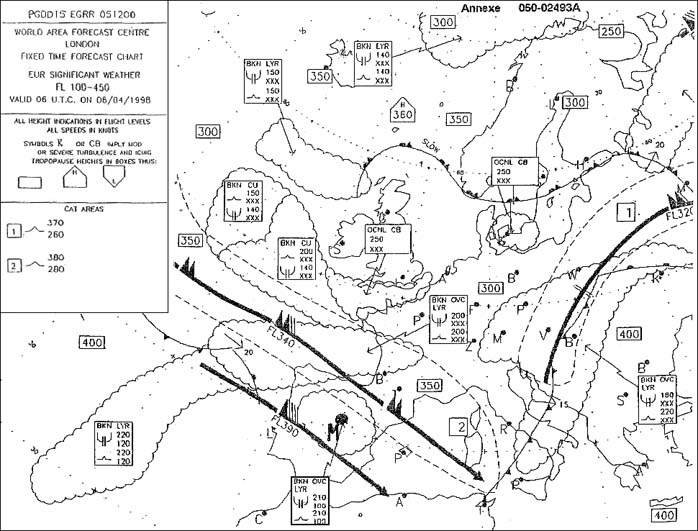 That all blades have the same tip-path plane.
That all blades have the same tip-path plane. The most difficult material from which to manufacture a homogeneous series of ?
Question 39-34 : Wood metal composite materials plastic
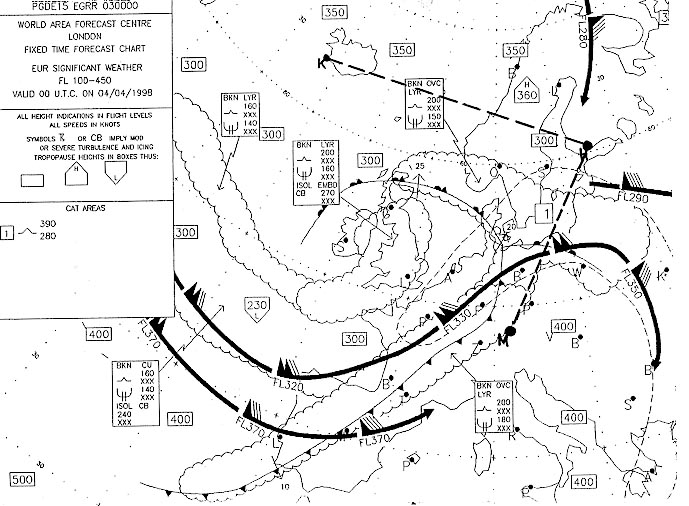 Wood.
Wood. The main spar of a main rotor blade is at approximately ?
Question 39-35 : 25% of the chord 35% of the chord 40% of the chord 50% of the chord
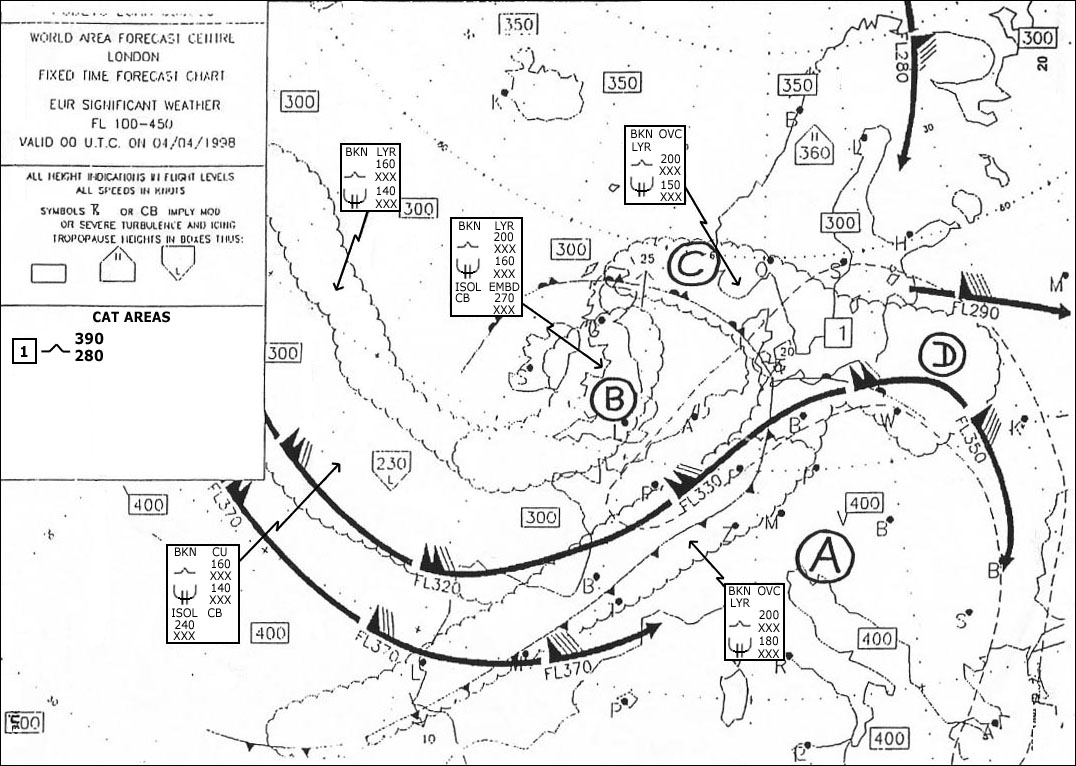 25% of the chord.
25% of the chord. Modern tail rotor blades are usually manufactured from ?
Question 39-36 : Composite materials metal wood carbon fibre
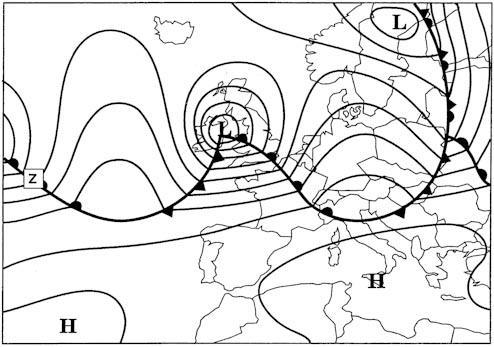 Composite materials.
Composite materials. Low frequency vibration in the vertical plane which is only apparent in high ?
Question 39-37 : Badly adjusted tab on the main rotor blade badly adjusted rod on the main rotor blade mass imbalance of the main rotor mass imbalance of the tail rotor
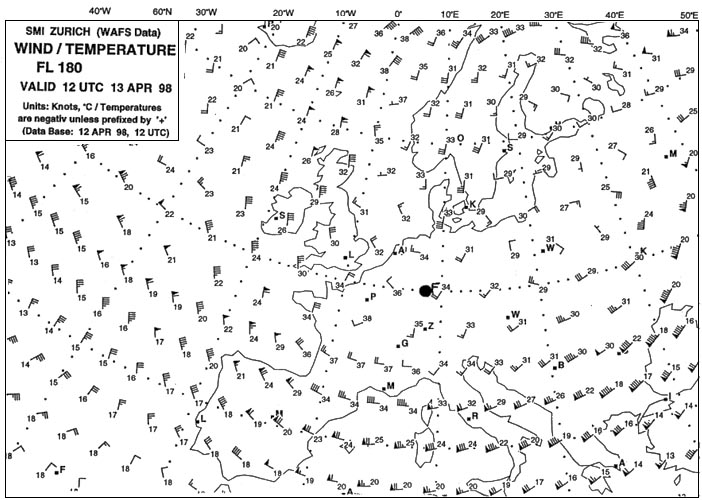 Badly adjusted tab on the main rotor blade.
Badly adjusted tab on the main rotor blade. Low frequency vibration in a plane parallel to the rotor plane is likely to be ?
Question 39-38 : An out of balance main rotor an out of balance tail rotor an engine problem a transmission problem
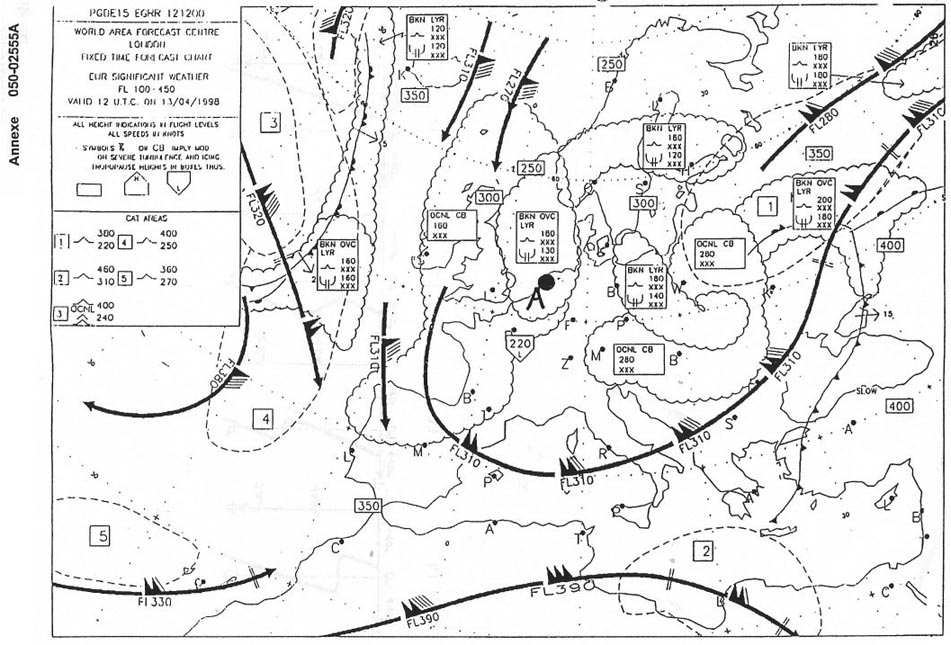 An out-of-balance main rotor.
An out-of-balance main rotor. Erosion strips fitted to the leading edge of rotor blades are usually ?
Question 39-39 : Nickel titanium or stainless steel aluminium titanium or stainless steel aluminium nickel or titanium tungsten nickel or stainless steel
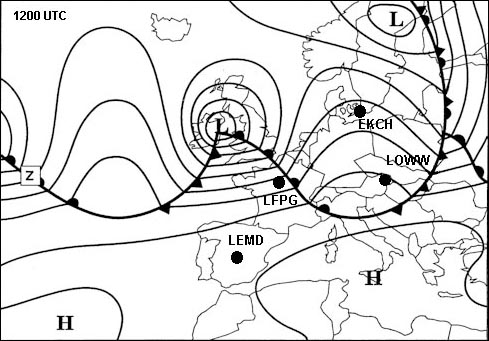 Nickel, titanium or stainless steel.
Nickel, titanium or stainless steel. Dynamic balancing of main rotor systems ?
Question 39-40 : Is usually achieved by adding or subtracting weights to either the main rotor blade attachment pins or to the main rotor head itself is usually achieved by adding weights to certain nominated rotor blades only is usually achieved by adding or subtracting weights to the main rotor blade tips is not necessary as the hub and blades are statically balanced at manufacture
 Is usually achieved by adding or subtracting weights to either the main rotor blade attachment pins or to the main rotor head itself.
Is usually achieved by adding or subtracting weights to either the main rotor blade attachment pins or to the main rotor head itself. ~
Exclusive rights reserved. Reproduction prohibited under penalty of prosecution.
1519 Free Training Exam Other source study: Ppl exam examen 39
